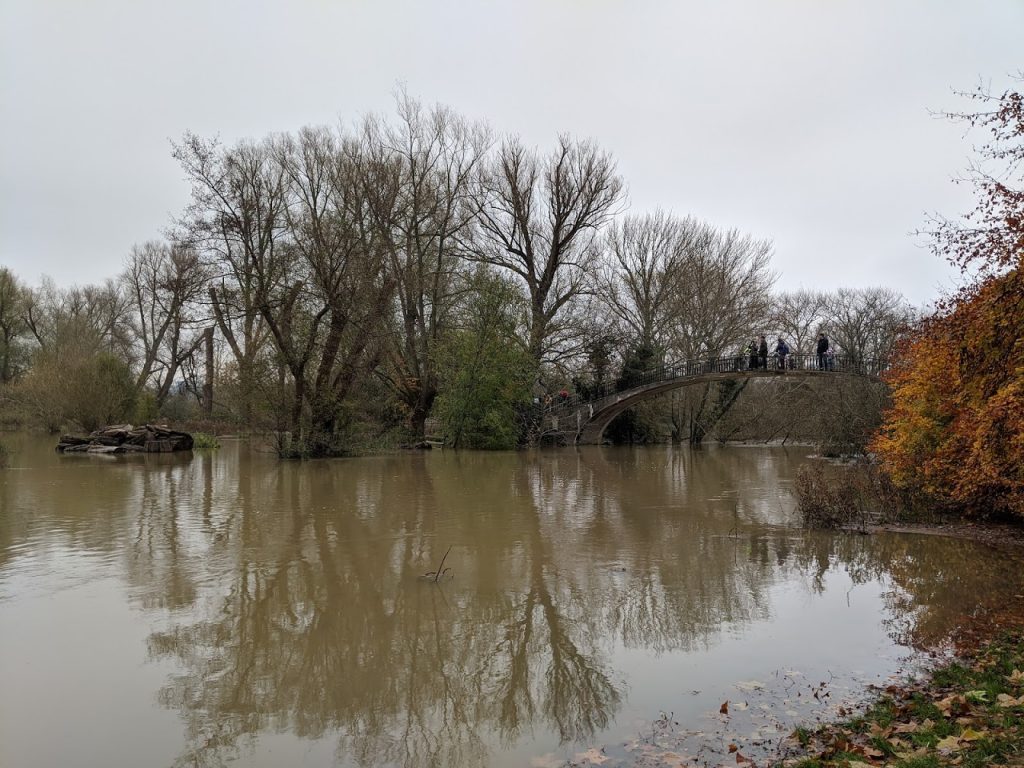Short version: Patents reward innovators but limit the impact of new technologies. Also “patents” are the answer to the question “Why did Samsung build the only outdoor ice rink in Texas in a small town.”
Long version:
What I learned reading and thinking about patents
Patents are a part of the law, which is an ever changing system. As governments create and change laws, and those laws are interpreted and tested in courts, we collectively decide how the rewards of science and technology are distributed.
There is very little that is certain or obvious about patents. Their existence is both an incentive and a barrier to innovation. They can both enrich and impoverish inventors. They can both be utterly invisible and hugely controversial.
Patent trolling was used in the US to extort businesses, which seems to have peaked around 2015, and has since declined.
Some patents provide useful and specific descriptions of technology, whilst others are deliberately broad and vague.
Biotechnology has struggled to fit into the existing patent infrastructure, particularly as the line blurs between what is an invented object and what is part of nature.
Patent Trolls: Why Samsung built an ice rink in Texas
This article from Harvard Business School outlines how patent trolling, the use of frivolous patent lawsuits by businesses uninterested in innovation, led Samsung to try and win favour with potential jurors in Marhsall, Texas by building an ice rink there. Samsung also set up high school scholarships in the town, but when a supreme court decision meant that the jurisdiction where the suit was filed needed to be in the state of incorporation, the branding on the ice and the scholarships dissipated. More recently a paper was published about patent trolls last year.

Patent Examples
- Light bulb (1880)
- Lego blocks (1961)
- The magic 8 ball (1964)
- GPS (1974)
- Game Boy (1993)
- iPhone (2007)
- CRISPR (2014)
The race to patent the Human Genome
Craig Venter’s company raced public researchers to be the first to sequence the Human Genome. You can read the story in Patrick Bradley’s paper. I found the twitter exchange below interesting, but was not able to verify or refute Venter’s claim that it was “untrue and was propaganda”. Certainly there was a race, and patents played a part, as they continue to do in biotechnology research.

BRCA1 and BRCA2
The other famous case within biotech patents is of Myriad Genetic’s patents on BRCA1 and BRCA2, two mutations related to breast cancer. Enforcing the patents meant diagnostic tests for inherited breast cancer were expensive. The debate centred on the question of whether DNA sequences could be considered a discovery or an invention, i.e. a technical question about how biotech fits within the existing patent system. Ultimately the patents were struck down. The underlying question, how much should we allow companies to profit from their research (at the expense of society, but to give incentives for more research) remains.
Intellectual Property and Piracy
Looking at patents led on to questions about copyright, trademarks, and intellectual property in general. In a world where replication of content is so trivial, and distribution technologies (i.e. the internet) are spreading so rapidly, it is unlikely legal enforcement can keep up in a meaningful way. This crash course provides some information, and I would like to return to think about the ethics of digital piracy, peer to peer sharing, and what the fairest way to regulate content could be.
A note about being connected on the internet
I find it strangely wonderful how connected the internet makes us. From a train, a coffee shop, or even my bed, I can reach out to authors and scientists, and access nearly all of the knowledge humanity has created. In researching this post, I could find out the Marshall high schools’ Samsung scholarship winners, or tweet at scientists like Craig Venter, or access patents from hundreds of years worth of inventions. It is such a powerful tool.
Other things in my life this week:
Rivers in Oxford have been rising, causing flooding around the Isis and Cherwell (see photos from the week). This excellent tracker from Anu Dudhia makes it easy to keep an eye on conditions.

I finished reading The Calculating Stars by Mary Robinette Kowal, it is excellent.
Three friends have signed up to the Edinburgh marathon, so running has gotten more social.




One Reply to “2019 Week 46: Patents”